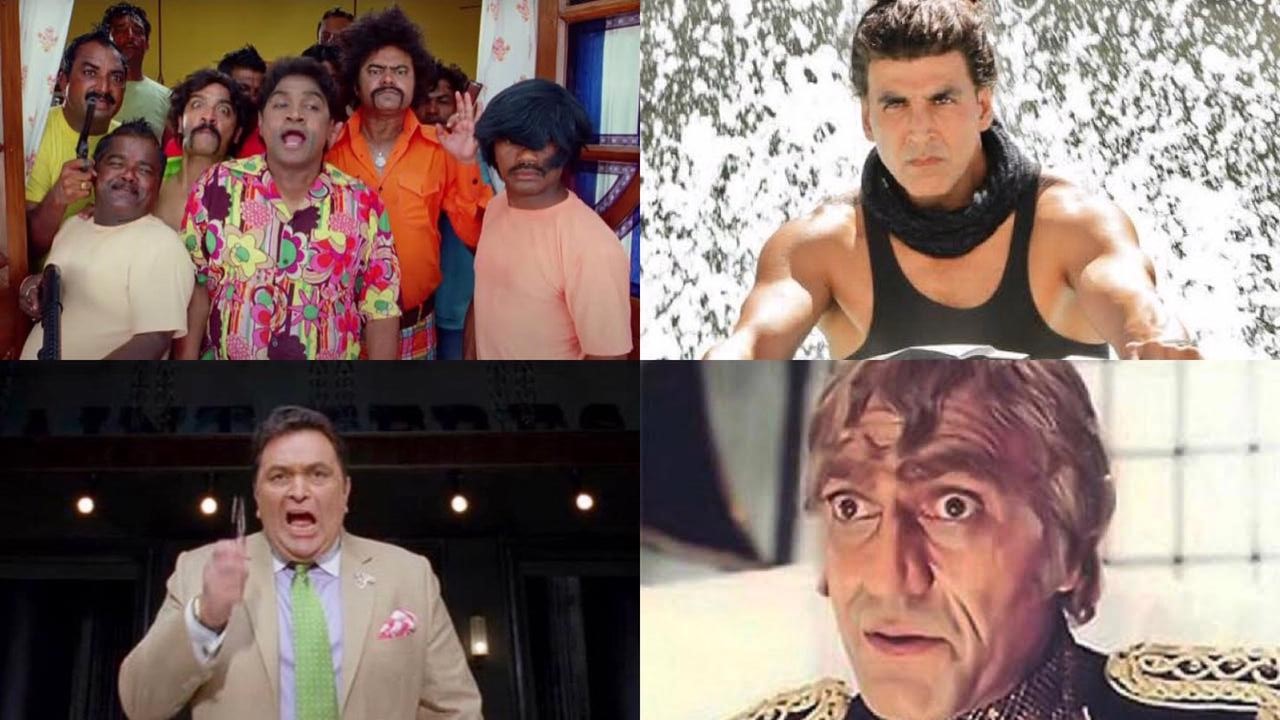Queer coding in Hindi cinema
For years when queerness could not be spelt out on screens, filmmakers used clichéd characteristics to express the sexuality of a character to send a message to those in the know in the audience without divulging, which has come to be known as queer coding.
Queer coded characters in films can be identified through various traits they exhibit, from male characters who take great pride in appearances and clothes, are emotional with flair of drama or are the last people who you would want to be on your side in a fight, to hardboiled female characters who hate wearing typical feminine clothes.
“Whether it is one of the most notorious villains in history of Hindi cinema like Mogambo in Mr. India or comical side characters like Puppy Bhai in Golmaal 3, queer coding has been very common in the past. Mainly because of strict societal code that made the very existence of LGBTQ community punishable by law, explicit representation would have drawn extreme backlash as the audience was extremely uncomfortable with the idea. It was a tough situation for writers. At that time, it seemed like the only option,” a Delhi based student who did not wish to be named tells Media India Group.
Queer coding in Bollywood
Queer coding which originated as a form of creative outlet for filmmakers and to provide a sense of representation to the community bypassing the strict laws of the time, over the years has led to emergence of tropes, or is being used as caricatures to serve the homophobic audience.
Growing significance of the LGBTQ movements and the Supreme Court’s decision to decriminalise homosexuality in India did not end the practice, rather Bollywood doubled down on these stereotypes.
Introducing characters like Dean Yogendra Vashist, played by Rishi Kapoor in Student of the Year, Sameer “Sam” Gazi, played by Akshay Kumar in Dishoom with the most obvious traits, queer coding in modern films has become troublesome for the community.
“The problematic aspect of representation via queer coding is that it is inorganic, that being said, gayness is often shown as a personality trait or highlighted as different or odd simply because it violates gender roles, it is not represented as sexuality. Being gay is not a part of personality that can be written. It is a sexual preference but that important narrative gets sidelined and that is what the audience observes in the films. This is what the audience probably absorbs subconsciously about queer people being different and that becomes worrisome,” says Tushar Choudhary, a Delhi based student and photographer who identifies as non-binary.
In modern Bollywood movies, we still continue to see queer coded characters reinforcing stereotypes like the modern artiste, sycophantic servant and the sadist. Villains in Bollywood movies exhibiting traits like cross dressing or being transgender like Prashant Narayanan’s character, a sociopath serial killer who cross-dresses, in the 2011 film Murder 2 has done plenty of damage to the already tabooed community.
“It is not beneficial at all, actually it steals the opportunity of organic representation and reinforces toxic myths about the community and portrays them as caricatures or antagonistic characters,” says the student.
Though India has decriminalised and legalised expression of sexual orientation, authentic queer illustration is still a far cry in Bollywood movies made for larger audiences. However, culture of acceptance and visibility is also rising due to increasingly popular unconventional content that directors bring to the audience through OTT platforms. Even though queer-coding is still prevalent, LGBTQ representation as human, complicated individuals, not simply tortured monsters has started to gain momentum.










